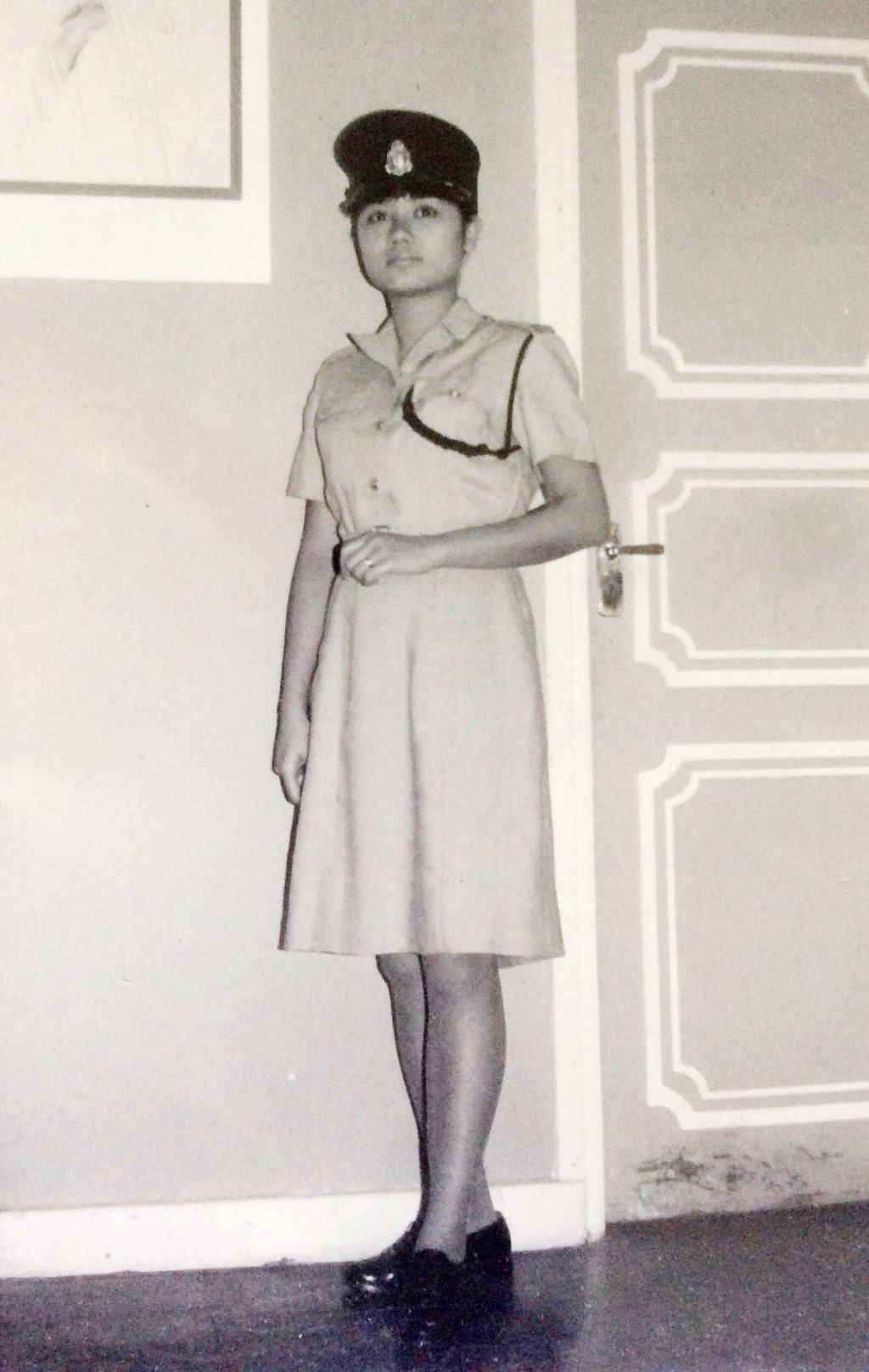Cantopop star Frances Yip revisits her work with James Wong Jim and Joseph Koo Ka-fai that put Hong Kong’s music on the map
- Yip’s songs and television jingles written by Wong and Koo made them all famous and are the subject of an exhibition, ‘Soundtrack of Our Lives: Joseph Koo x James Wong x the Rise of Cantopop’

Legendary Cantopop singer Frances Yip Lai-yee has come full circle, returning to her roots in Hong Kong to celebrate the city’s rich musical heritage. But while her 55-year career has been illustrious, it is also linked inextricably to that of her mentors, James Wong Jim and Joseph Koo Ka-fai, who revolutionised Cantopop with their innovative blend of Chinese and Western music, as well as lyrics melding literary Chinese and colloquial Cantonese.
Yip’s hits have resonated with Chinese-speaking communities worldwide. However, few know of her humble beginnings: while working as an auxiliary police officer at Tai Kwun, site of the former Central Police Station, and as a secretary at HSBC, she was also a singer, recording catchy advertising jingles for Koo and Wong. These jingles, taped during her lunch breaks, paved the way for the duo’s future success in creating iconic Cantopop hits for television dramas and films.
Ahead of her two concerts to be held in Hong Kong next month, Yip, 76, flew in from Sydney (where she lives with her family) to attend events organised by Tai Kwun in connection with its latest exhibition, “Soundtrack of Our Lives: Joseph Koo x James Wong x the Rise of Cantopop”.

The nostalgia factor is palpable, with Yip’s presence at the heritage site serving as a poignant reminder of Hong Kong’s golden era of music. The exhibition, which runs until August 28, marks the 20th anniversary of Wong’s death from lung cancer at the age of 63, and celebrates the enduring legacy of Cantopop’s pioneers. Koo passed away last year, aged 92.
Yip’s connection to the exhibition is deeply personal, having worked closely with the duo during the heyday of Cantopop, in the 1980s and early 90s. Crediting them for giving her the opportunity to sing many of their most memorable tunes, she says, “These songs […] represent a period when Hong Kong was at its best. I would never have become an international artist if it wasn’t for the fact that in the 60s, 70s and 80s, the economy took off, Hong Kong expanded and Cantopop made such an impact on the rest of the world.”
The exhibition coincides with an uptick in interest in Cantopop sparked by political unrest and the pandemic in Hong Kong (although competition from K-pop, Mandopop and other forms of music have contributed to its general decline since the late 90s in Hong Kong and other parts of Asia). According to sociologist Ng Chun-hung, who has spent nearly two decades studying Wong’s legacy, nostalgia can be a powerful force for inspiration. “Sometimes by turning to the past, we may find that spark of inspiration that can help us move forward,” he says.

Exhibition curator Joanna Lee Ching-yun, a musicologist by training, echoes Ng’s sentiments. “People can be nostalgic, but it’s actually much more important to relate to the generation now,” she says. “It is about being able to connect the present and the future, and of having a reference point as we look forward.”
